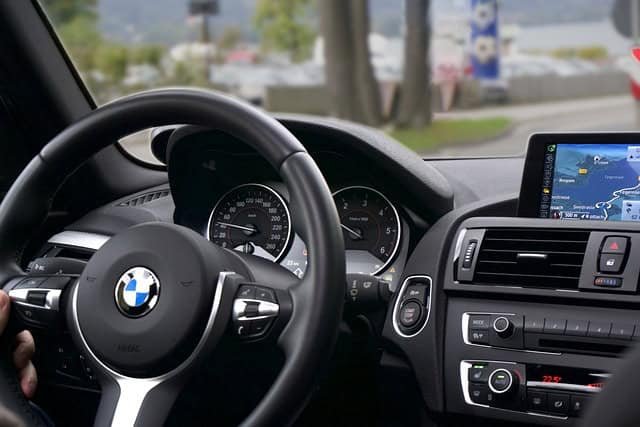
Yes, of course! A person with a disability can drive a four-wheeler in India without any hesitation!
Moving around can be tough for people with orthopedic disabilities. A four-wheeler can make life much easier and safer, but many feel unsure about owning or driving one because of their disability or the paperwork involved.
The good news is that the government provides special benefits and discounts to make it easier for them to own and drive a private (non-transport) car.
Unfortunately, many people don’t know about these benefits or how to apply for them.
But don’t worry—we’re here to guide you. Here’s a simple and clear way to help you take the right steps and enjoy the freedom of driving your own car.
These benefits apply to physically challenged individuals with a disability of 40% or more. Make sure to have your UDID Card for an easier process.
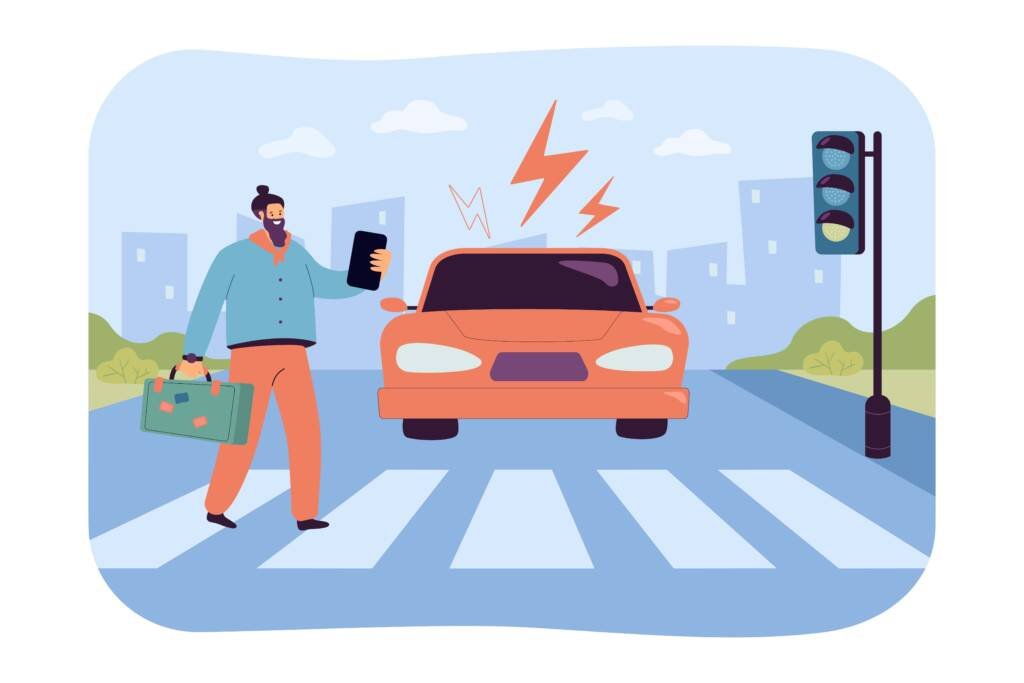
- GST Concession: Get a lower GST rate when purchasing a car.
- Toll Tax Exemption: Enjoy toll-free travel on highways.
- Road Tax Exemption: No road tax is required for vehicle registration.
- Insurance Concession: Save money with discounted car insurance.
Follow the simple steps at the end of this article to access all these benefits.
How to buy a vehicle with the GST Concession?
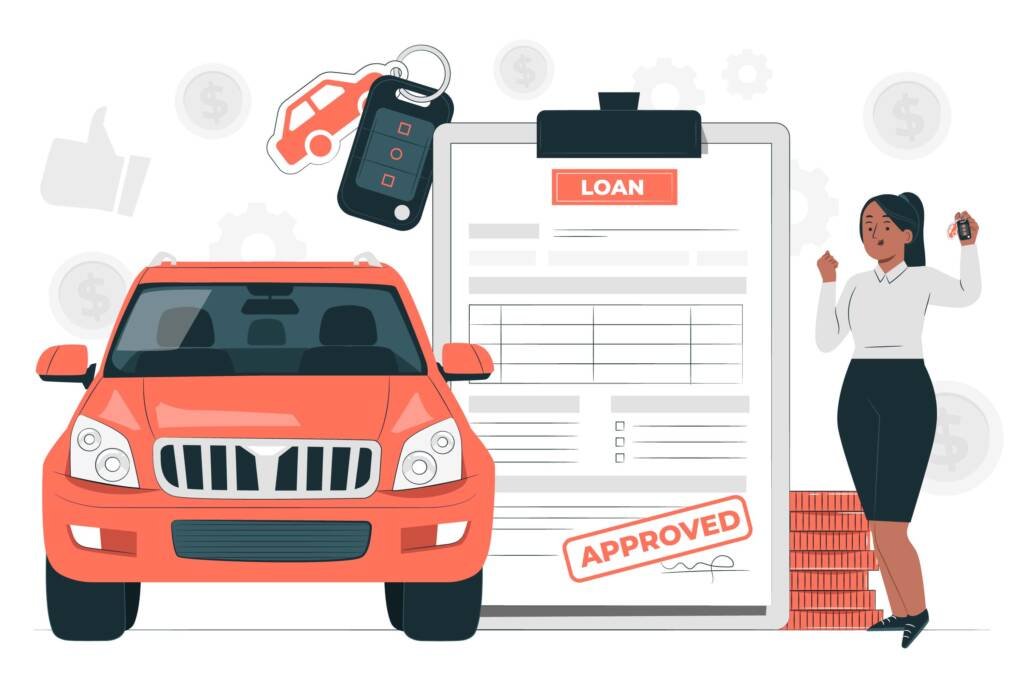
- 18% GST instead of 28%: The government offers a reduced GST rate of 18%, which is much lower than the regular 28% for private vehicle purchases.
- No CESS: This scheme doesn’t have any additional tax (CESS), making it more affordable.
- Available for disabled owners: The concession is available to the vehicle owner with a disability, whether they plan to drive the vehicle or not.
- No modification needed: You don’t need to modify the vehicle to avail of this concession; it applies to all eligible disabled individuals.
- Request before purchase: To receive the GST concession, make sure to request it before purchasing the vehicle to enjoy the reduced tax benefit.
Eligibility for GST Concession
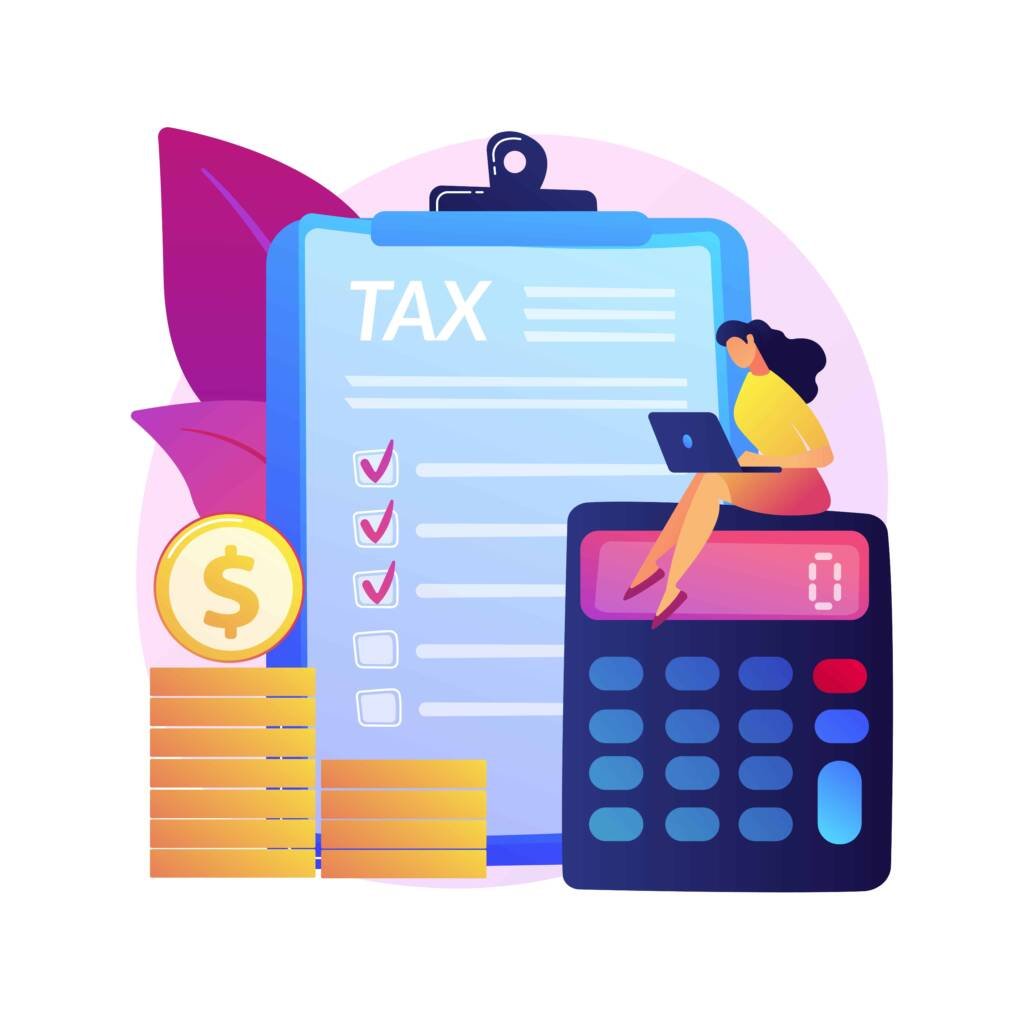
- Car length: The car must be no longer than 4 meters (4000 mm).
- Engine capacity: The engine should be 1200 CC for petrol, LPG, or CNG cars, and 1500 CC for diesel cars.
- No concession needed: If you don’t need the GST concession, you can buy any car, regardless of size or engine.
- Five-year rule: You cannot have used this GST concession in the past 5 years.
Steps to Claim the GST Concession
The GST concession is given by the Ministry of Heavy Industries (MHI). Be sure to read the updated rules as they change from time to time.
To apply for the GST concession, follow these steps: to Register online: Go to the portal and read the terms and conditions. After reading, complete your registration.
Steps to apply for the GST concession:
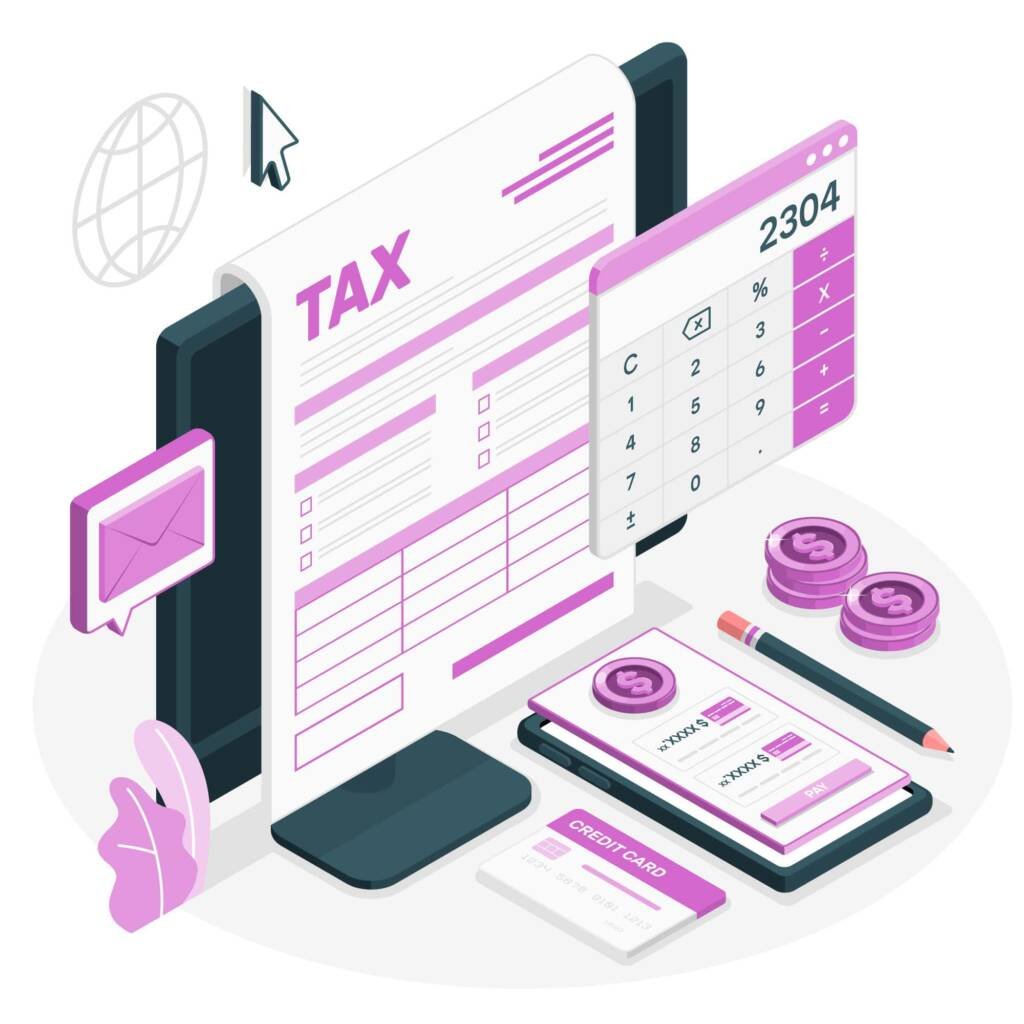
-
- ⬇️ Register online: Go to the portal and read the terms and conditions. After reading, complete your registration.
- ⬇️ Log in: Once registered, log in to the portal.
- ⬇️ Select your car: Choose a vehicle from the list of concession-supported cars in the drop-down menu under “Details of Car to be purchased”.
- ⬇️ Check with the dealer and RTO: Visit your nearby car dealer and RTO to confirm they know how to apply the GST concession.
- ⬇️ Fill out the form: Once you’ve confirmed the dealer and RTO are aware of the process, fill in the application form and sign a declaration (agreeing not to sell the car within 5 years).
- ⬇️ Submit the application: Submit the form along with the affidavit.
- ⬇️ Wait for approval: The Ministry of Heavy Industries (MHI) will process your application and issue a concession certificate within four weeks. This certificate is valid for three months.
- ⬇️ Dealer and RTO actions: The dealer will sell the car at the concession rate and notify the RTO to register the car as an “Adapted Vehicle” for a “Divyangjan” owner.
- ⬇️ Check for local guidelines: Some states may not have fully implemented these rules, so confirm the process with your local RTO and dealer.
- ⬇️ Raise a grievance: If you face any issues with the dealer or RTO, you can raise a grievance on the PM portal.
Toll Tax Benefits

How to avail of Toll Tax Exemption?
- Zero toll fee at all NHAI toll plazas.
- There are no limits on the size or engine capacity of the car.
- The exemption is available for only one vehicle per person across the country.
Eligibility for Toll Tax Exemption

As per the NHAI guidelines, toll tax exemption is allowed for:
- Cars that are modified for physically challenged persons to drive.
- Cars owned by a physically challenged person, even if the car is not modified (this rule was updated after 2020).
Earlier, the exemption was only given to vehicles that were specially modified for driving by physically challenged persons. However, the rules were later updated to allow this exemption for all cars owned by a physically challenged person, even without modifications.
To avail of this benefit, the vehicle must either be registered as an “Invalid Carriage” or the owner type must be marked as “Divyangjan” in the registration documents.
For details on how to convert your vehicle to an “Invalid Carriage”, check the next section.
How to Apply for Toll Tax Exemption

⬇️ Read the guidelines carefully before applying.
⬇️ Register and apply using the given link.
⬇️ NHAI will approve your request and issue an exempted Fastag.
How to Get Road Tax Exemption
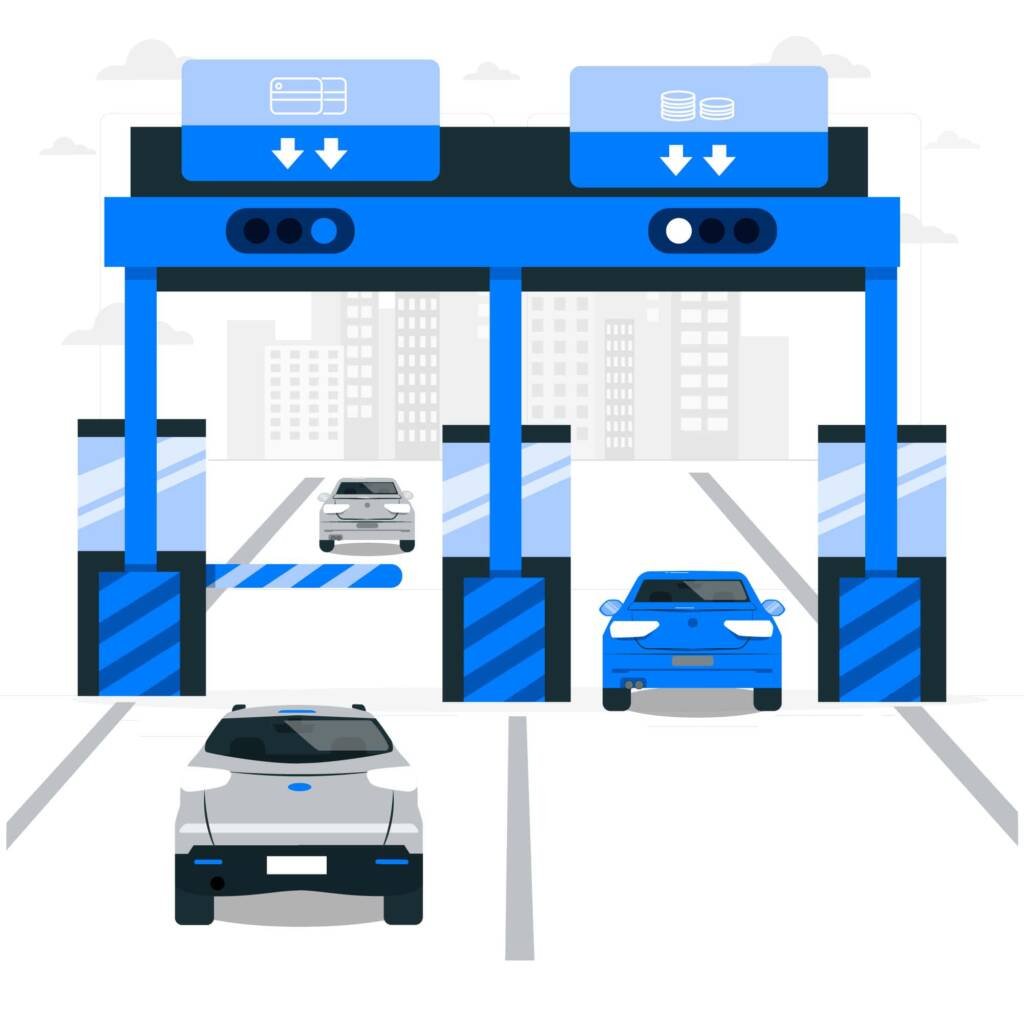
- Rules vary by state: Road tax exemption differs across states, so check your state’s rules.
- 12% to 14% exemption: Offered by state governments for modified vehicles (Adapted Vehicles).
- Approval required: Get approval from the District Transport Officer (DTO) or higher before permanent registration.
- No car size or engine limits: Any car can qualify if modified correctly.
Eligibility
- ARAI-approved modifications: Use only ARAI-authorized kits or workshops for car adaptations. Avoid local workshops.
- Registered as Adapted Vehicle: The RTO will register the car as an “Invalid Carriage” or “Adapted Vehicle” after certification.
- Valid driving license: The owner must have a valid driving license for an Invalid Carriage, even a temporary license works.
How to Convert Your Vehicle Type to “Adapted Vehicle” or “Invalid Carriage”
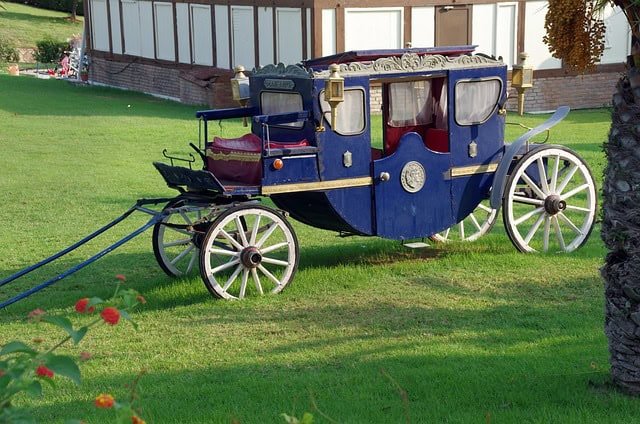
- For left-leg disability: If your disability is only in the left leg (DL type: LMVAUG), you may not need any modifications for an automatic car. However, this depends on your state’s rules, so confirm locally.
- ARAI guidelines: The Automotive Research Association of India (ARAI) provides guidelines for modifications based on the type of disability. The approved list of workshops and processes can be found in the annexure of this document.
- Visit an ARAI-authorized workshop: Take your disability certificate to the nearest ARAI-approved workstation. They will inspect your car, suggest modifications based on your needs, and provide a certificate after completing the work.
- Go to the RTO: Take the modification certificate to your local RTO and request the vehicle type to be changed to “Invalid Carriage” or “Adapted Vehicle”.
- In some cases, you may need to contact higher authorities to get the process completed.
- RTO approval: The RTO will inspect the modifications, test the vehicle, and approve the conversion of the vehicle type.
How to Get a Driving License for “Invalid Carriage” (IC)

- Learn on an IC vehicle: An Invalid Carriage license is given if you pass the driving test on a vehicle modified to suit your disability. This license is valid only for vehicles of that type.
- Apply for a learning license:
- Go to the Parivahan website or your state’s specific transport website.
- Apply under the Divyangjan category and submit the required details.
- Visit the RTO with your disability certificate and other documents. Some RTOs may also ask for Form 1A (a fitness certificate issued by a civil surgeon).
- Pass the LL exam: The RTO will issue a learning license after you pass the LL exam and they verify your fitness to drive the vehicle.
- Practice driving: Practice driving the modified IC vehicle for at least one month.
- Apply for a driving license:
- After a month of practice, apply for a permanent driving license.
- Take your modified IC vehicle for the driving test at the RTO.
- If you pass the test, the RTO will issue an ADAVEH/IC license, valid for the specific vehicle type.
How to Avail Road Tax Exemption
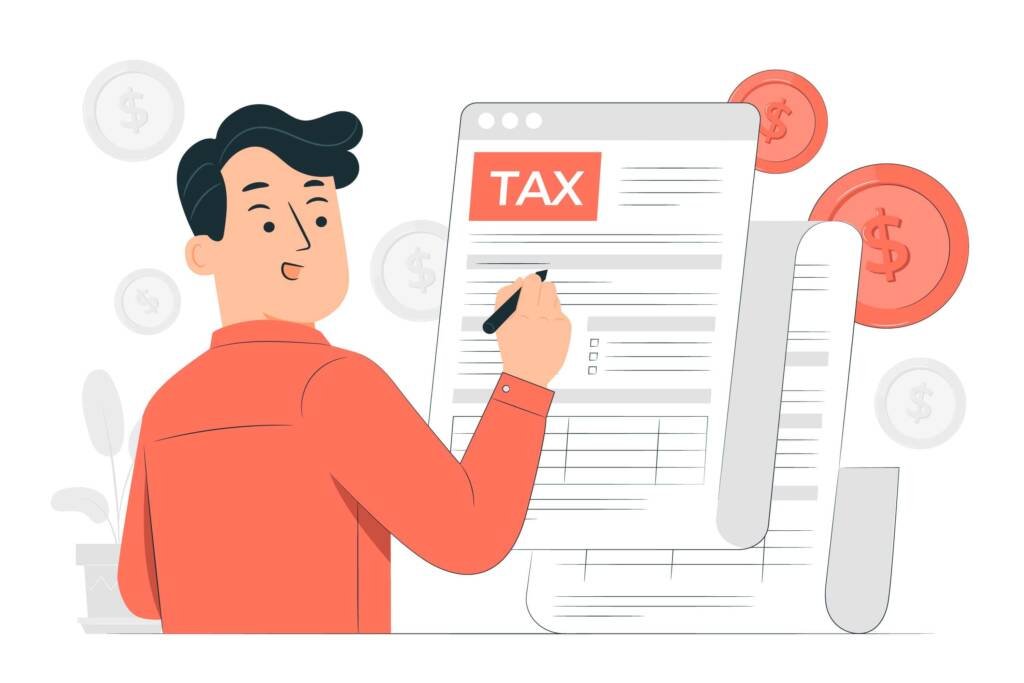
- Submit your application to the District Transport Officer (DTO) or a higher official before the temporary registration deadline.
- The application will be processed after verifying your disability certificate and the vehicle adaptations.
- Once approved, you can complete your permanent registration without paying road tax.
How to Avail Insurance Concession
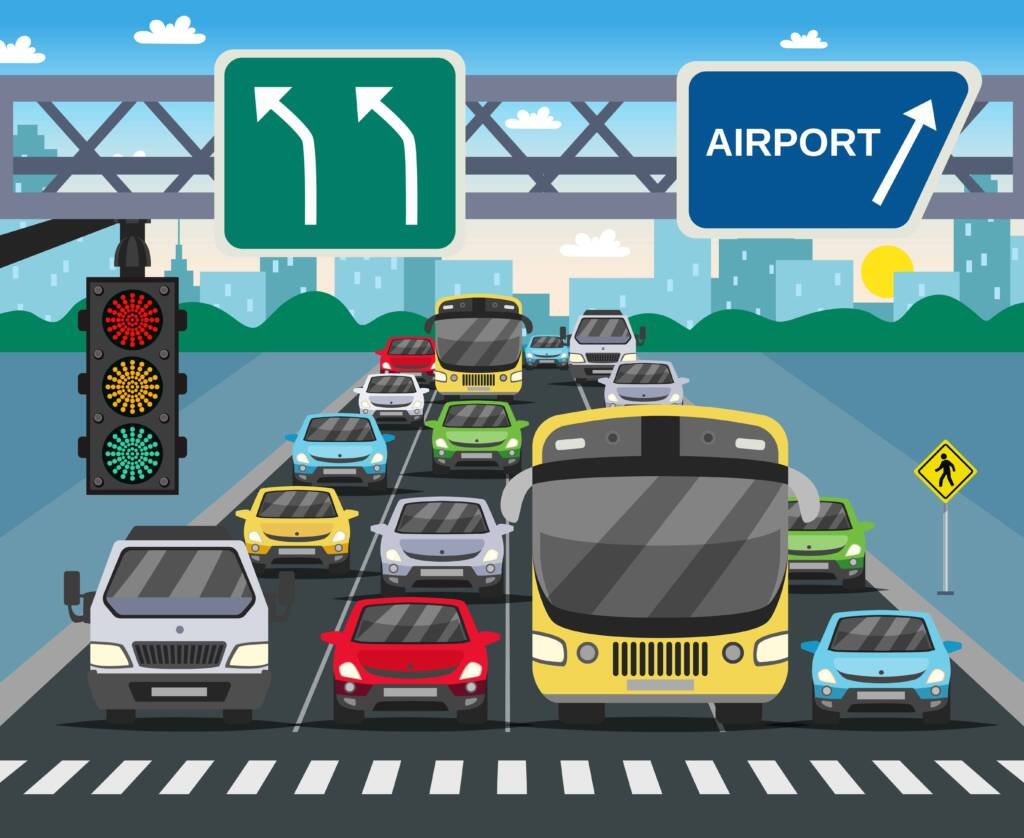
- A 50% discount on the basic premium of vehicle insurance is available for vehicles owned by disabled persons.
Eligibility for Insurance Concession
- The vehicle owner must have a disability certificate.
- The vehicle must be modified to meet the requirements of the disability.
Steps to Get the Insurance Concession
- Choose an insurance company.
- Provide your disability certificate and adapted vehicle registration certificate to claim the 50% discount.
Step-by-Step Process to Access All Benefits
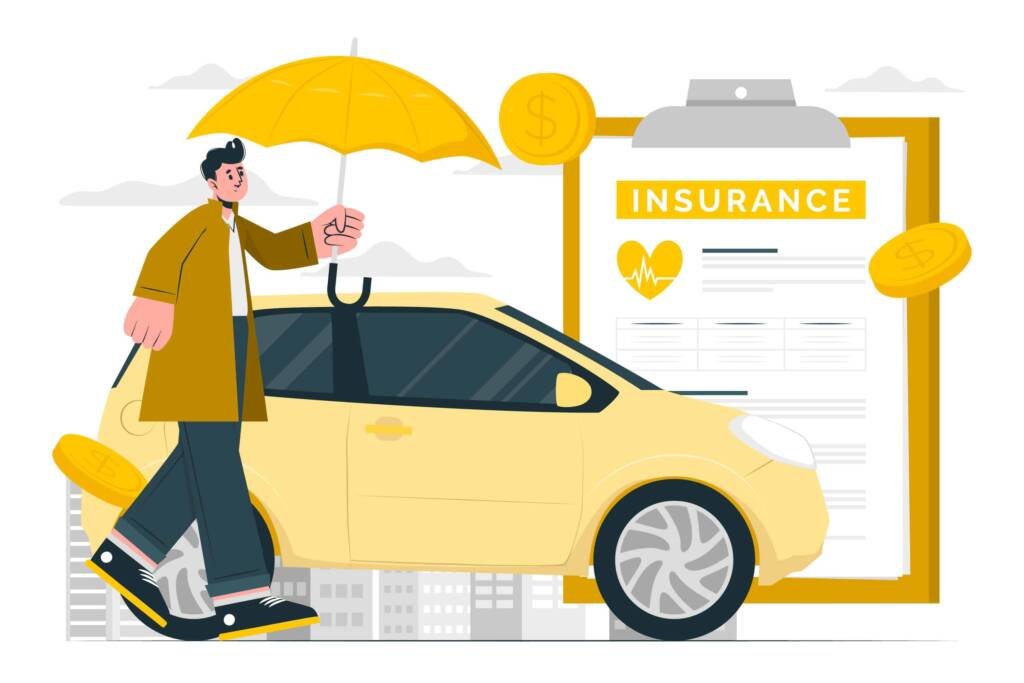
- Visit an ARAI-approved workshop:
- Check what type of vehicle suits your disability and what modifications are needed.
- Verify GST concession eligibility:
- Visit the GST concession website to confirm if the vehicle you want qualifies for the concession.
- Choose the right dealer and RTO:
- Make sure they are familiar with the GST concession process.
- Apply for the GST concession:
- Get it approved before purchasing the vehicle.
- Buy the vehicle within three months of receiving the GST concession certificate.
- Apply for toll tax exemption:
- If NHAI allows exemption without modifications, apply immediately. Otherwise, wait until the vehicle is modified.
- Hold off on buying insurance:
- Don’t purchase insurance when buying the vehicle.
- Modify the vehicle:
- Visit an ARAI-approved workshop for adaptations and obtain the modification certificate.
- Update the vehicle type:
- Submit the modification certificate to the RTO to change the vehicle type to “Adapted Vehicle” or “Invalid Carriage”.
- Apply for discounted insurance:
- Use the updated registration and modification certificates to claim the 50% discount.
- Apply for a Learning License:
- Use the adapted vehicle to practice driving.
- Apply for road tax exemption:
- Submit the required certificates to the DTO before the temporary registration expires.
- Get permanent registration:
- Once the road tax exemption is approved, complete the permanent registration.
- Apply for a Driving License:
- After practicing for a month with a Learning License, take the driving test to get your license.
If everything goes smoothly, this process will help you gain better mobility with a four-wheeler. The steps for a two-wheeler are quite similar.

